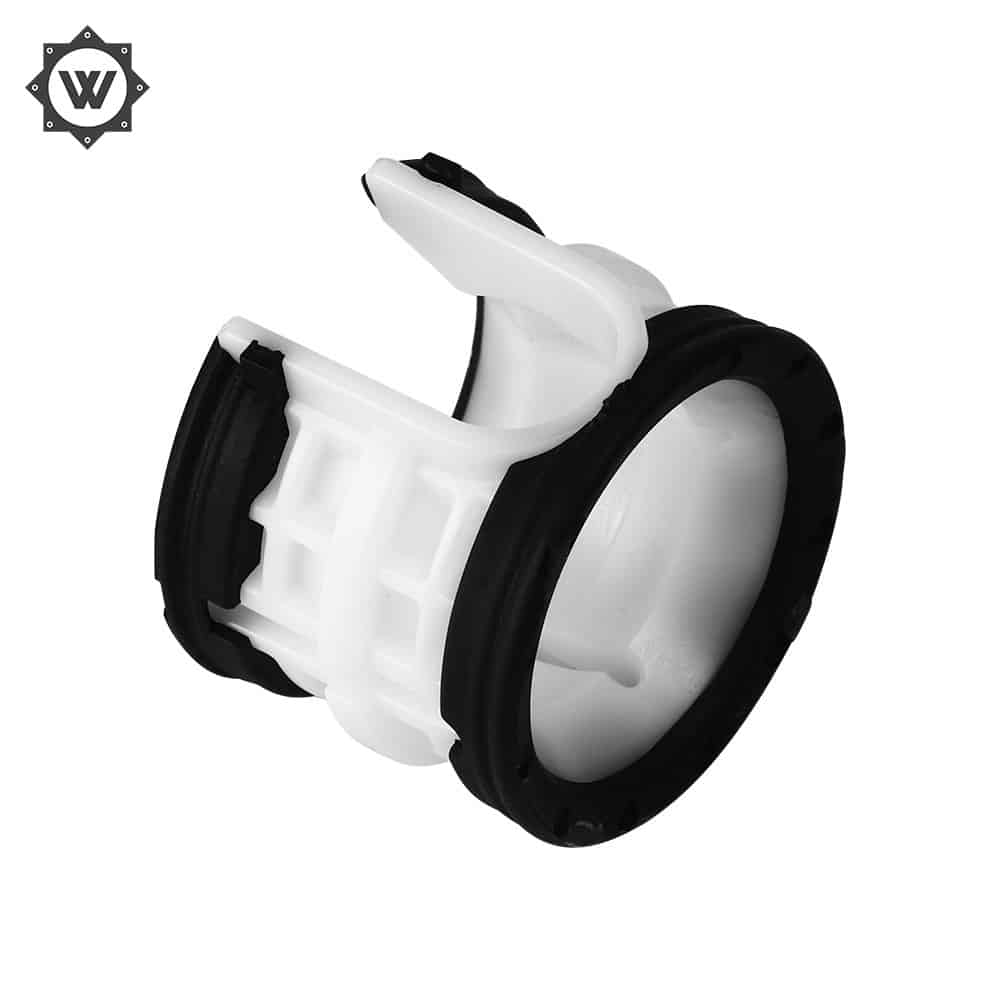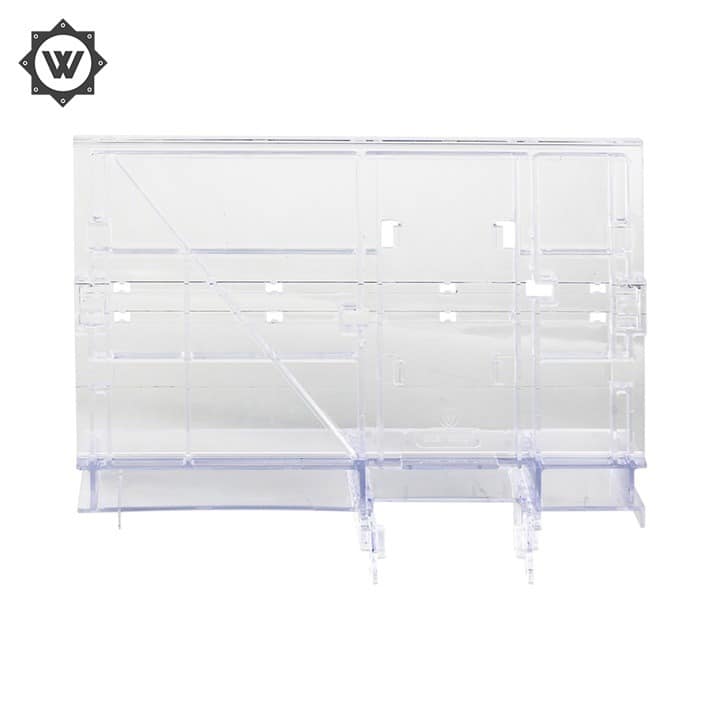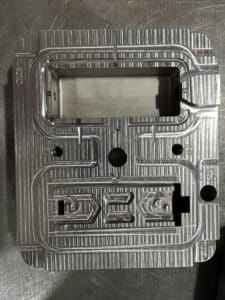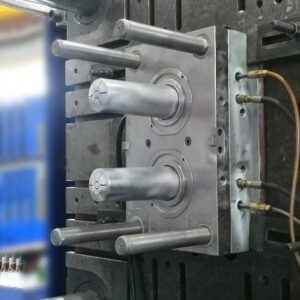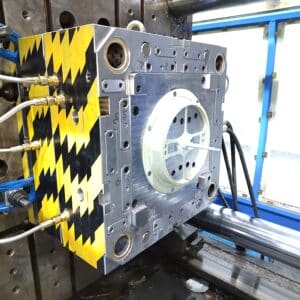Technological factors of structural foaming:
1. Injection speed
In order to obtain foamed injection molded products with uniform cell size and cell distribution, the injection speed must be fast, which is to ensure that all foam is produced inside the mold cavity rather than outside the mold cavity.
If the injection speed is slow, the time for the bubbles to flow through the nozzle and gate will be longer, which will produce uneven sized bubbles. The melt at the front will lose its foaming effect due to the gas escaping, which will affect the physical and mechanical properties of the product.
The slow injection speed will also solidify the melt flowing on the surface of the mold cavity, increase the flow resistance of the subsequent melt and increase the product density. However, improper high-speed injection will lead to strong shear between the melt and the mold cavity wall, which will make the melt containing bubbles slide on the mold surface, resulting in a rough surface.
2. Injection pressure
The sudden decrease of polymer melt pressure at the mold cavity gate is conducive to the formation and growth of bubbles, however, it will reduce the possibility of bubbles forming in the melt in the flow channel. The bubbles obtained by using higher injection pressure are not large, but they are very uniform.
3. Injection temperature
Melt temperature plays an important role in bubble dynamics during mold filling. Melt temperature is an important process factor to control bubble growth. As the melt temperature decreases, bubbles form less and grow slowly. As the temperature decreases, the melt viscosity will increase.
4. Pressure holding pressure
The holding pressure is particularly important for the control structure. Reducing the pressure of the mold cavity will promote the growth of bubbles. However, if the holding pressure is too high and the holding time is too long, the mold cavity will be replenished with more molten material and cause more deflated bubbles.
5. Cooling time
Structural foam molded products must have a long cooling time, because when the outer layer of the contact mold is rapidly cooled and solidified for demoulding, the internal part of the product has not been completely cooled and solidified, and the foaming pressure still works, making the product continue to expand. The thicker the wall is, the more serious this phenomenon is, and even the surface of the product is cracked.


